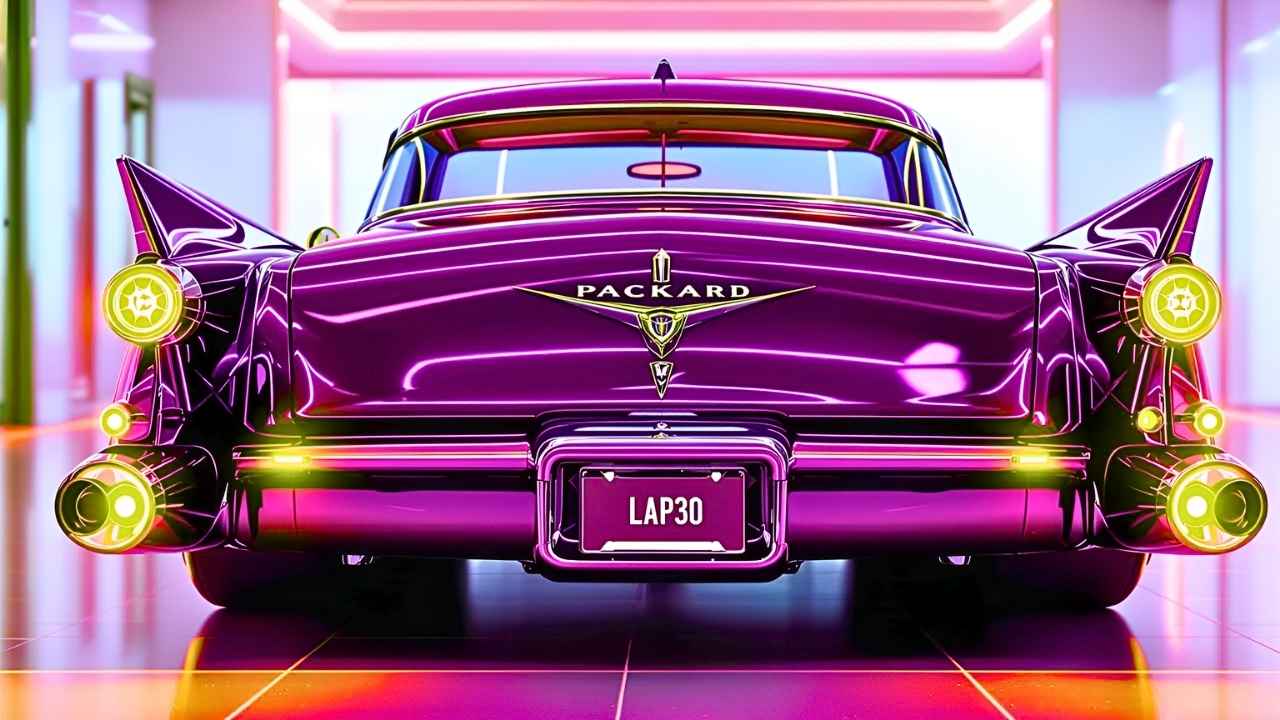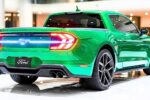If you’ve never heard of Packard, you’re not alone. Once one of America’s most luxurious carmakers, Packard was the choice of presidents, tycoons, and movie stars before quietly fading into history.
Founded in 1899, Packard built a reputation for craftsmanship, power, and elegance long before brands like Cadillac and Lincoln became household names. Today, surviving models can sell for up to $100,000 or more, depending on condition and rarity making them a true hidden gem of American luxury.
What Is the History Behind Packard – A Brief Look Back
Packard began in Warren, Ohio, before moving to Detroit in 1903. During the 1920s and 1930s, the company was at its peak, competing directly with Rolls-Royce and Duesenberg in the luxury car market.
In fact, Packard cars were known for innovations like the first modern V12 engine, air conditioning in the 1940s, and an advanced “Ultramatic” automatic transmission. These were technological marvels of their time.
However, after World War II, the brand struggled to keep up with changing tastes and rising competition. By the late 1950s, Packard merged with Studebaker a move that couldn’t save it. The last Packard rolled off the line in 1958.
How Packard Became the $100,000 Classic – Explained Simply
Classic car collectors often talk about three things: rarity, design, and history. Packard checks all three boxes.
Here’s why collectors are willing to pay six figures:
| Feature | Why It Adds Value |
|---|---|
| Hand-Built Craftsmanship | Every Packard was assembled with premium materials and attention to detail rarely seen today. |
| Limited Numbers | Production stopped in 1958, and only a fraction of original cars survive in pristine condition. |
| Prestigious Owners | From Clark Gable to Franklin D. Roosevelt, Packards were celebrity favorites. |
| Engineering Innovations | Features like air suspension and advanced drivetrains set them apart from rivals. |
For example, a 1934 Packard Twelve Coupe Roadster one of the most elegant cars ever built can easily sell for $100,000–$200,000 at auctions like RM Sotheby’s or Barrett-Jackson.
Why Packard Faded Away – What Went Wrong
So, why did such a brilliant brand disappear? The answer is a mix of timing, economics, and competition.
After WWII, American car buyers wanted modern, compact, and affordable vehicles. Packard’s designs felt old-fashioned compared to sleek, powerful models from Cadillac and Chrysler.
Then came the costly merger with Studebaker in 1954 a financial mismatch that drained resources. Quality slipped, and loyal customers moved on. By 1958, the Packard name vanished from showrooms.
Ironically, it’s that same disappearance that makes surviving cars so valuable today. They represent a lost era of handcrafted American luxury.
What’s Special About Driving a Packard Today
Driving a restored Packard isn’t just transportation it’s time travel. These cars glide more than they drive, powered by smooth straight-eight or V12 engines that purr quietly even after 70+ years.
Owners describe it as commanding attention everywhere they go. The long hoods, shiny chrome, and art deco curves are unmatched in today’s design language.
Modern restoration shops can still source parts or fabricate replacements, keeping these machines roadworthy. However, maintenance can be expensive it’s not a daily driver, but a prized collectible.
Best Tips to Find and Buy a Packard Classic
If you’re thinking about owning one, here’s how to do it smartly:
- Start with Research – Visit Packard clubs or online communities like PackardInfo.com.
- Inspect Carefully – Look for original parts, matching numbers, and complete service records.
- Budget Realistically – A decent Packard can start at $50,000, while rare models go beyond $100,000.
- Get Expert Help – Hire a vintage car appraiser before buying.
- Join Collector Circles – Owning a Packard opens doors to car shows, rallies, and classic car events.
If you buy one well-maintained, it can hold or even increase its value over time a blend of passion and investment.
What They Are Worth Today – A Quick Value Snapshot
| Model | Year | Average Price Range (USD) | Notes |
|---|---|---|---|
| Packard Twelve Coupe Roadster | 1934 | $100,000–$200,000 | The ultimate collectible |
| Packard Super Eight Convertible | 1940 | $60,000–$120,000 | Elegant pre-war design |
| Packard Caribbean Convertible | 1953–56 | $75,000–$150,000 | One of the last luxury icons |
| Packard Clipper Sedan | 1955 | $30,000–$70,000 | Affordable entry point |
How the Packard Legacy Lives On
Even though the brand disappeared, Packard’s DNA still influences modern luxury. Many automotive historians credit Packard for pioneering refined suspension, quiet cabins, and timeless design principles that shaped the American luxury segment.
Car enthusiasts continue to restore and showcase these vehicles at events like Pebble Beach Concours d’Elegance and Amelia Island Concours, where Packards often win top awards.
The Packard Motor Car Foundation in Michigan also keeps the heritage alive, preserving archives and classic models for future generations.
Conclusion
The Packard may be “the $100,000 classic car that time forgot,” but those who rediscover it fall in love instantly. It’s more than a collector’s trophy it’s a reminder of when American craftsmanship defined global luxury.
If you ever spot a gleaming Packard at a classic car show, take a moment to admire it. You’re looking at a piece of rolling art that survived decades of change, still whispering stories from the golden age of motoring.
FAQs
1. What is the most expensive Packard ever sold?
The 1934 Packard Twelve Coupe Roadster sold for over $2 million at auction, making it one of the brand’s most valuable models.
2. When did Packard stop making cars?
Packard stopped production in 1958 after merging with Studebaker and struggling financially.
3. Why did Packard fail as a company?
A mix of outdated designs, poor financial management, and a failed merger with Studebaker led to its downfall.
4. How much does it cost to restore a Packard?
Restoration can range from $40,000 to $150,000 depending on model, condition, and parts availability.
5. Can you still find Packard parts today?
Yes, several restoration specialists and collectors’ networks supply Packard parts and custom reproductions worldwide.



